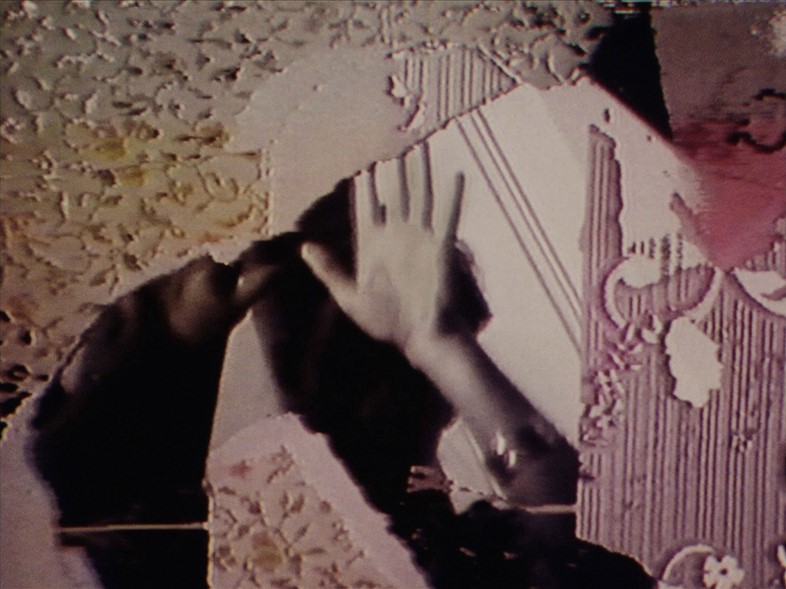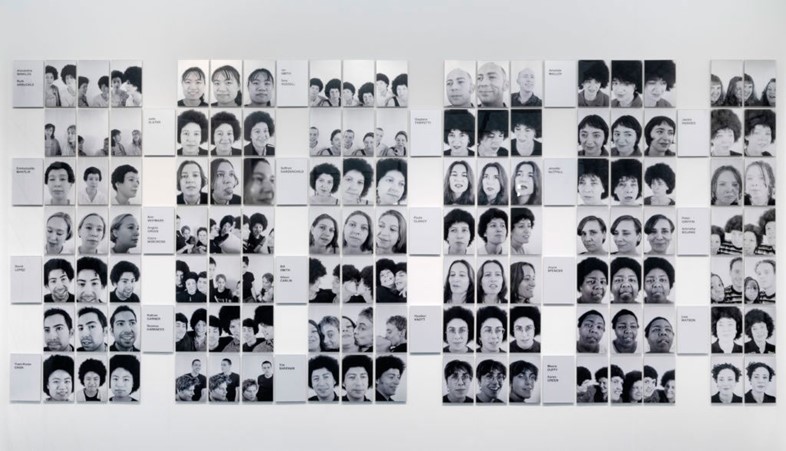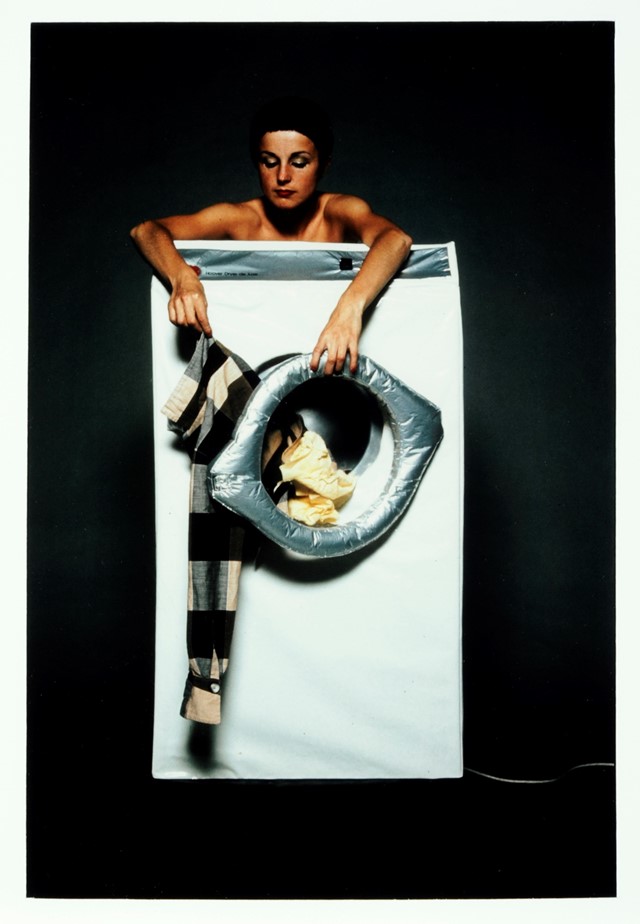At Frieze London this year, one section received rave reviews – here, Holly Black considers five standouts from Social Work
After the huge year of last year’s Sex Work section, which championed pioneering feminist artists from the 1960s and 70s, Frieze London this year created a new area dedicated to its natural successor, titled Social Work. This new appraisal presents solo booths from a selection of international galleries who are exhibiting female artists that changed the landscape of the institutional and market-led art world in the 1980s and 90s. The selection includes well-known pioneers such as Mary Kelly alongside more overlooked practitioners such as Berni Searle – and in keeping with the collaborative and supportive nature of so many of these artists (many of whom shaped subsequent generations through education and activism) the selection was made by an all-female panel of experts.
1. Helen Chadwick, Richard Saltoun Gallery
Although Helen Chadwick’s life was cut tragically short at the age of 42, she had an incredible influence both as a multidisciplinary artist and as an educator whose guidance shaped the YBA movement. Her conceptual practice questioned definitions of beauty, none so more than with her Piss Flowers sculptures (cast from the impressions left by urinating in to snow), as well as her carefully staged photographs that redefine the female body, and sculptures such as Loop My Loop, which incorporates human hair and pig intestines. Her ability to evoke a medley of revulsion and desire was, and remains, groundbreaking.

2. Berni Searle, Stevenson
South African artist Berni Searle works with photography, video and film to investigate historic narratives, memory and emotional loss. As an artist working under apartheid in the 1980s and early 90s, her work examined the way in which her own identity was imposed upon her by racist strictures. She continues to push the boundaries of how the black female body is treated and represented to this day; as director of the Michaelis School of Fine Art in Cape Town, she now shapes a new generation of artists and videographers.

3. Tina Keane, England & Co.
Multimedia trailblazer Tina Keane was a founding figure in the pioneering feminist performance and video works of the 1970s and 80s. As both an educator and an active member of The Women Artists’ Group and Circles (a women’s film distributor) she has been intrinsic in supporting, promoting and disseminating work by female artists, as well as investigating issues of mental health, gender and identity in her own work. Her 1988 film Faded Wallpaper immediately calls to mind Charlotte Perkins Gilman’s influential short story The Yellow Wallpaper (1890). In this 20-minute video, a pair of hands claws and rips away at flocked wallpaper, revealing layer upon layer of women’s faces. Issues of female frustration, misdiagnosed madness and gender constructs all come together in this eerie and frenetic short film.

4. Mary Kelly, Pippy Houldsworth
Breaking what she has referred to as the ‘canvas ceiling’, Mary Kelly has been fighting against institutional discrimination since the 1970s. She was the first woman to have a solo show at the ICA in 1976 with Post-Partum Document, the first female full professor of art at UCLA in 1996, and she introduced the Women and Art course at Camberwell College. Her work is also held in international collections across the world. For Frieze, Pippy Houldsworth has presented Interim, Part I: Corpus (1984-85), a series of work that was first exhibited at the New Museum in 1990. It follows on from Post-Partum, which investigates prescriptive societal attitude towards motherhood, by examining the phenomenon of middle age, how older women identify with their bodies, and neuropathologist J.M. Charcot’s research into the hallucinatory stages of hysteria.

5. Sonia Boyce, Apalazzo Gallery
Recently Sonia Boyce’s practice has gained some seriously overdue acclaim. The British Afro-Caribbean artist has been working tirelessly for decades to right the systematic erasure of black identity in the UK and beyond, as part of the Black Arts Movement, which included Lubaina Himid and Eddie Chambers. Working in painting, drawing and photography, she raises issues of identity politics and collective experience, and in recent years has exhibited at Manchester Art Gallery, the Venice Biennale and the ICA. Back in 1997, she created the art project titled The Audition at HOME (formerly the Cornerhouse) in Manchester. Here, she invited participants to put on an afro wig, photographing them before and after, to see how they ‘performed’ this relatively banal action while examining their gestures, behaviour and general response to the request. At Frieze, you can see this archive presented as panels of black and white photographs, and the piece’s significance has been solidified following the news that Tate has acquired the work.
